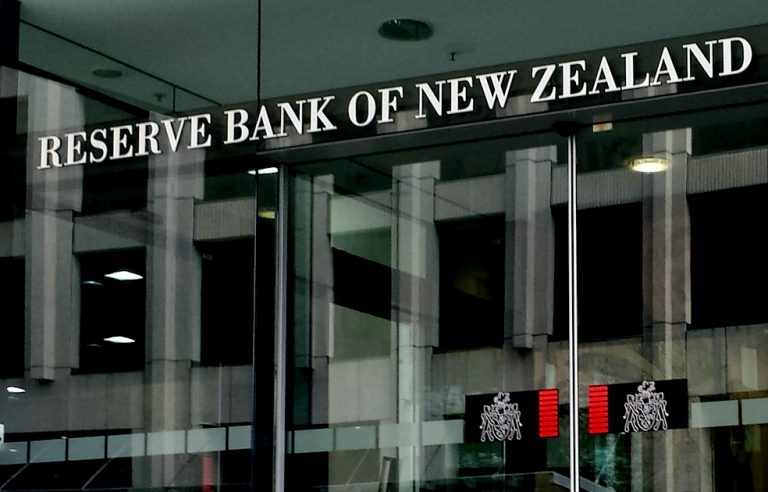- Home
- Blog
- Currency News
- The New Zealand Dollar—what's in store for the rest of 2021?
The New Zealand Dollar—what's in store for the rest of 2021?
Despite the encouraging outlook and historically strong levels of house price growth, the New Zealand Dollar has underperformed in recent weeks. But will this continue going forward?
2021年7月6日 — 4 min read

By Stuart Talman, Director of Sales
Quite surprisingly, much of Q2 2021 was characterised by suppressed volatility, with the New Zealand Dollar trading most of the past quarter in a 71 to 73 US cent range.
This changed dramatically during the closing stages of the June quarter.
The fundamentals of the New Zealand economy remain solid with growth and inflation readings exceeding expectations. Despite the encouraging outlook and historically strong levels of house price growth, the New Zealand Dollar has underperformed in recent weeks.
A few key factors currently influencing NZD levels include...….
Inflation – the data, the debate, the outlook
Central bank dynamics and projected policy paths
The New Zealand housing market and the government's policy response
The NZD in review: 2020 and H1 2021
Soaring from the March 2020 COVID depths below 55 US cents to 3½ years highs above 74 US cents, the New Zealand Dollar benefited from its relative COVID-19 management outperformance and extreme levels of favourable volatility.
The New Zealand economy's post-COVID performance has significantly exceeded anybody's expectations from a year ago. Whilst the immediate impact from last year’s lockdowns punched large holes in the nation's productivity, the success of these measures resulted in a startling rebound in economic activity.
This domestic dynamic has been supporting the New Zealand Dollar through much of the past few months, NZDUSD at times just over a cent off its year-to-date highs.
Also startling has been the monumental rise in NZ house prices – the REINZ house price index surging over 30% YoY, forcing the government’s hand – a policy change to curb out-of-control house price inflation.
What about inflation?
The focus for global financial markets throughout H1 2020 has been inflation. The US economy is experiencing growing pains as strong demand and ongoing COVID supply disruptions cause intense inflation pressure.
Whilst the US Federal Reserve had maintained that the spike in inflation is transitory, there remains ongoing debate about the inflation outlook and what this means for financial markets as monetary policy is normalised (interest rates raised off historically low levels) and quantitative easing is reduced.
At its June FOMC meeting, the Federal Reserve shocked the currency markets – volatility spiking to force price action out of well-established ranges.
In response to the Fed's hawkish shift – bringing the projected path of interest rate hikes forward and “talking about talking about” reducing stimulus (bond purchases), the New Zealand Dollar plunged below 70 US cents.
The quarter's low at just above 69 US cents was the lowest the NZDUSD cross had traded in 7 months.
What's going to happen through H2 2021?
The debate over whether inflationary pressures are transitory or more permanent will rage on with markets intently watching key US inflation reports such as the Consumer Price Index and Personal Consumption Expenditure in addition to domestic inflation reports.
More specifically, central bank relativities will be the focus – which central banks will be forced to act first, delivering their hawkish tilts as the message shifts to the timing of a first-rate hike and the tapering of bond purchases.
Both the RBNZ and The Federal Reserve lead the way.
The RBNZ has already begun reducing its quantitative easing and is one the first central banks projected to raise interest rates. In its May Monetary Policy Statement, the RBNZ forecast that the first-rate hike would be August 2022.
The market thinks otherwise, interest rate markets pricing in an earlier liftoff, initially priced in for February next year, now as of the last week of July, a growing probability of a November 2021 hike.
For the Fed, it is expected to progress from “talking about talking about” to talking about tapering at upcoming meetings (July 27-28).
The consensus thinking is that by the Jackson Hole Symposium in late August or the September 21-22 FOMC meeting, substantial progress (in growth and employment) would have been achieved and therefore an announcement that tapering would commence early next year.
What to look for in the coming months
Between an RBNZ that is likely to be one of the first to raise the OCR, unbridled nation-wide house price inflation, a tight labour market and other strong fundamentals such as rising commodity prices – the Kiwi Dollar's underperformance through the latter stages of Q2 has been a head-scratcher.
Hot inflation reads and the Fed's response at its June meeting have been the catalyst for US Dollar strength, but will it continue?
With investors piling into USD longs in recent weeks, there is a plausible scenario whereby the Fed's view on transitory inflation proves correct, inflation readings settle down from their recent extreme levels and the Dollar consolidates and reverses course. The New Zealand Dollar's response – a move back to the 0.7100 - 0.7300 range with a topside breakout and ascent to 2021 highs above 74 US cents.
The opposite scenario is persistent inflation, a Fed having to act sooner than market expectations – raising rates and quickly reducing stimulus levels – the potential result being similar to 2013's taper tantrum. Stocks would plummet as would high beta commodity currencies such as the Kiwi and Aussie dollars, with NZDUSD establishing a lower range between 0.6500 - 0.6800.
It’s anyone's guess as to the path of inflation over coming months and the New Zealand Dollar's next key directional move. For now, keep an eye on those key dates.